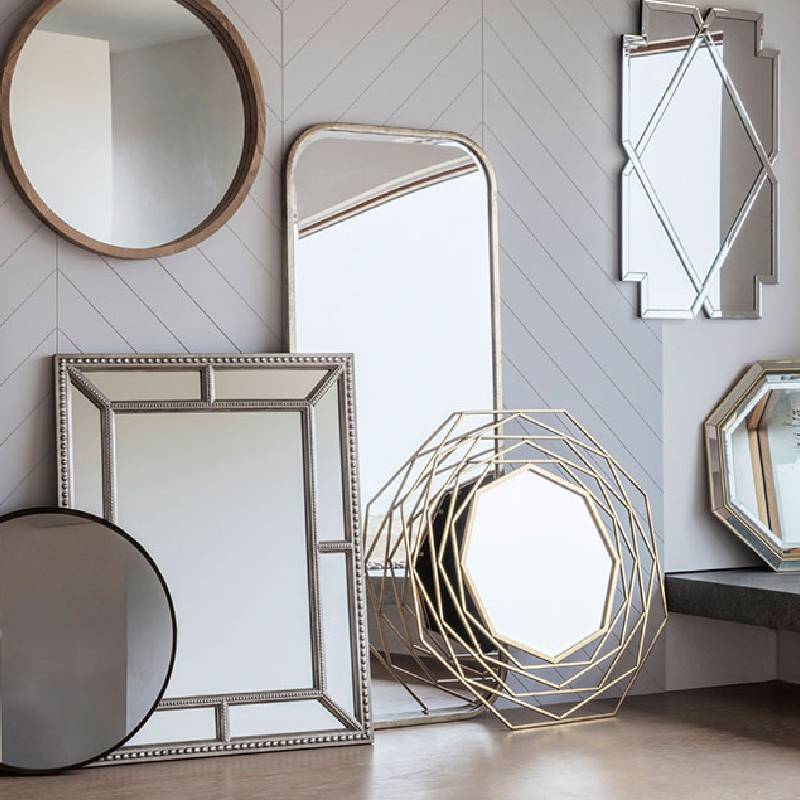

The Advantages of Planibel G Low-E Glass An Overview
In the ever-evolving landscape of architectural design and energy efficiency, Planibel G Low-E glass stands out as a revolutionary product that meets the demands of modern construction. Incorporating advanced technology, this type of glass not only enhances aesthetic appeal but also prioritizes sustainability and energy savings.
Understanding Low-E Glass
Low-E stands for “low emissivity,” which refers to the glass’s ability to reflect infrared energy while allowing visible light to pass through. This special coating significantly reduces the amount of heat that enters or escapes through windows, making it an excellent choice for both residential and commercial buildings. Planibel G Low-E glass employs a thin metallic coating that enhances these properties, helping to maintain a comfortable indoor climate regardless of external weather conditions.
Energy Efficiency Benefits
One of the most significant advantages of Planibel G Low-E glass is its contribution to energy efficiency. By minimizing heat transfer, it helps to reduce the reliance on heating and cooling systems. In winter, the glass reflects heat back into the room, keeping it warm. Conversely, during summer months, it reflects solar energy away, reducing the cooling load. This characteristic can lead to substantial energy savings, often translating to lower utility bills for homeowners and businesses alike.
Sustainability and Environmental Impact

In an era where climate change and environmental sustainability are at the forefront, the use of Planibel G Low-E glass aligns perfectly with green building practices. By improving a building's energy efficiency, it reduces overall energy consumption and subsequently decreases the carbon footprint associated with heating and cooling. Incorporating this glass into architectural designs not only benefits the occupants but also contributes to a larger movement towards sustainable living.
Aesthetic Versatility
Beyond its functional benefits, Planibel G Low-E glass brings aesthetic value to architectural designs. Available in various finishes and thicknesses, it can be seamlessly integrated into diverse applications, from commercial facades to residential windows. The clarity and light transmission of the glass also allow natural light to fill interior spaces, creating a bright and inviting atmosphere. Architects and designers appreciate the balance between performance and beauty that Planibel G glass offers.
Health and Comfort
Using Planibel G Low-E glass not only ensures energy savings but also improves indoor comfort. By controlling the amount of solar heat entering a building, it helps maintain a stable temperature, which is crucial for occupant comfort. Moreover, the glass reduces glare, making indoor environments more conducive to work and relaxation. The enhanced UV protection that comes with Low-E coatings also helps in safeguarding furniture, flooring, and artwork from sun damage.
Conclusion
In conclusion, Planibel G Low-E glass represents an innovative solution that incorporates energy efficiency, sustainability, and design flexibility. As architects and builders increasingly focus on creating structures that are not only visually appealing but also environmentally responsible, the demand for such advanced materials will continue to grow. By choosing Planibel G Low-E glass, stakeholders contribute to a more sustainable future while enjoying the myriad benefits it offers.